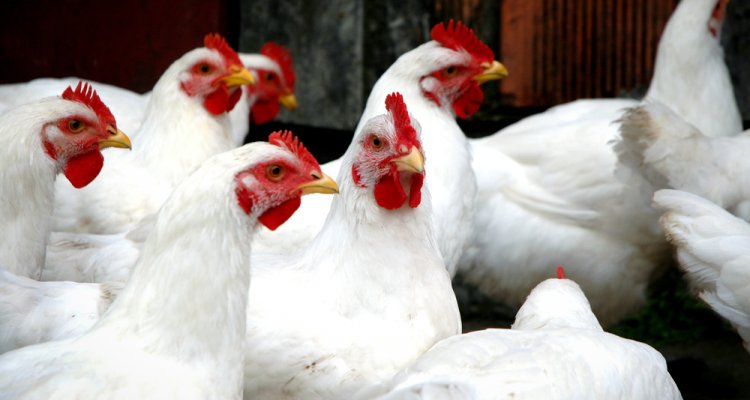
News
Persistence of small populations depend on the type of population contraction
Populations that since the ancient domestication bottleneck have been kept small in size seem to have eliminated harmful mutations of very strong effect. On the contrary, in recently bottlenecked populations the accumulation of weakly harmful mutations is mainly driven by random demographic and genetic events, which overrule selection against them. These are the most important results of a study by Wageningen University & Research (WUR).
Even though scientists have proposed that the persistence of small populations may depend on the type and time-frame in which the population contracted in the past (i.e. population bottleneck), so far these proposals have remained pure hypotheses. A population bottleneck is an event that drastically reduces the size of a population (such as famines, earthquakes, disease, or droughts). It produces a decrease in the gene pool of the population which will lead to a low level of genetic diversity.
The type of bottlenecks matters
In a recent study published in Evolutionary Applications researchers from WUR have provided evidence that the type and time-frame of the population bottleneck can severely affect the genome of small populations. In their study, researchers used domesticated traditional breeds of chicken from the Netherlands as a model species. These populations went through two different types of bottlenecks at different time-points in their demographic history: the domestication bottleneck, which occurred some thousands years ago, and the breed formation bottleneck which occurred in the last decades.
Size of the population
By means of whole-genome resequencing data, researchers showed that the size of a population is an important factor in determining the level of genetic variability and the effectiveness of selection to remove harmful mutations. In particular, populations that since the ancient domestication bottleneck have been kept small in size seem to have eliminated harmful mutations of very strong effect.
On the contrary, in recently bottlenecked populations the accumulation of weakly harmful mutations is mainly driven by random demographic and genetic events, which overrule selection against them. In these populations harmful mutations were also mostly found in long regions of the genome with reduced variation (runs of homozygosity), suggesting that this clustering is likely to occur due to random effects and increased chances of mating between related individuals (i.e. inbreeding).
Conservation and breeding programmes
Wild and domesticated populations are of increased conservation concern, because their small population size reduces the effectiveness of selection against harmful mutations. An elevated level of harmful mutations in a genome is of particular concern when mutations become homozygous due to inbreeding, a phenomenon called inbreeding depression. Conservation or breeding programmes can help reducing the negative effects of inbreeding depression, but they are often not in place. Therefore, the establishment of programmes that combine genomic information on harmful variation with inbreeding avoidance is the first step to assure the long-term survival of small populations, while enhancing their genetic diversity.